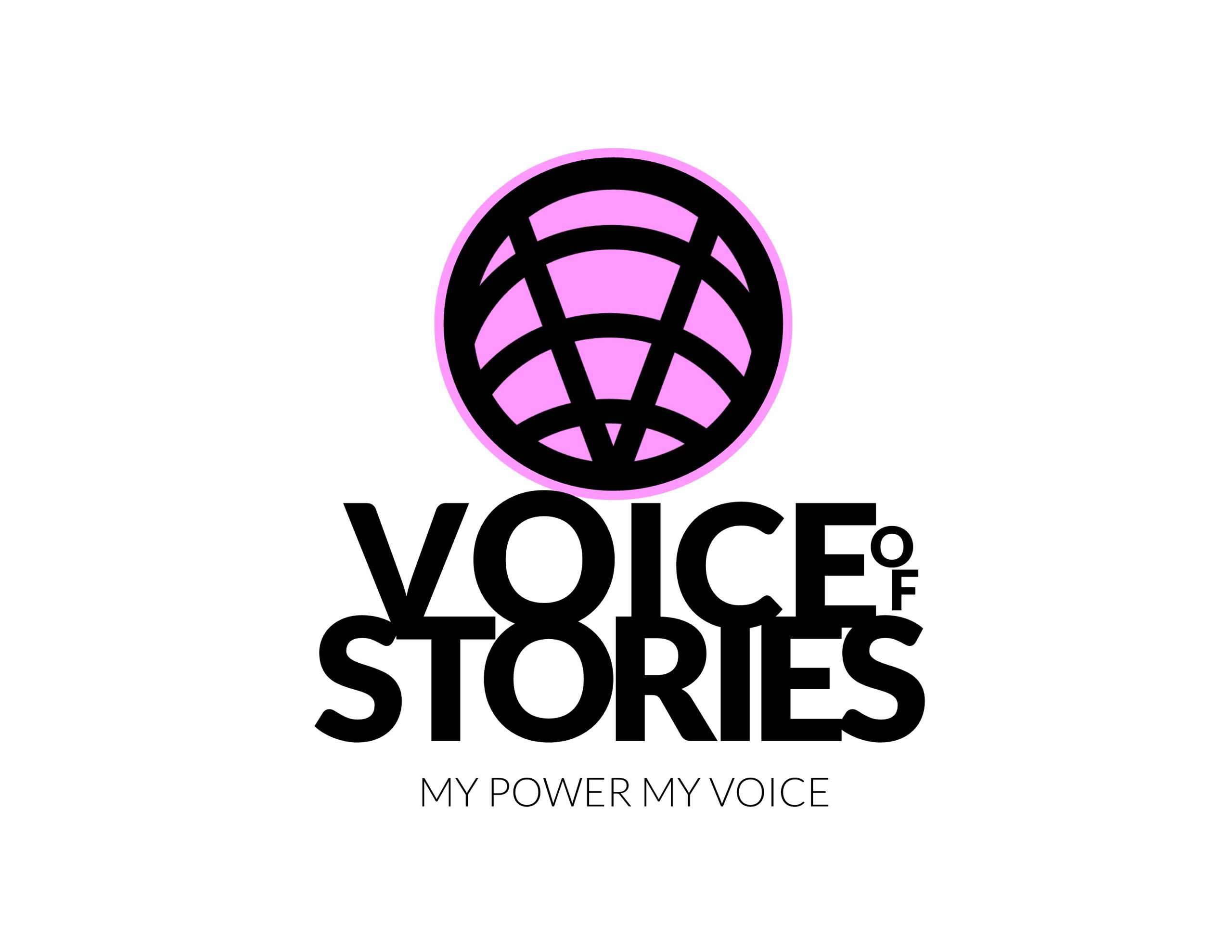Goal: Equip children with essential digital skills, promote safe and responsible online behaviour, and foster creativity through digital tools.
—
Week 1: Introduction to Digital Literacy
Objective: Understand what digital literacy means and its importance.
Activity 1: Interactive discussion: “What do you use technology for?” (Draw and share examples like games, homework, or videos.)
Activity 2: Explore a simple infographic about digital tools (e.g., email, browsers, and apps) and their uses.
Learning Outcome: Students can identify digital tools and explain the importance of using them responsibly.
—
Week 2: Online Safety and Privacy
Objective: Learn the basics of staying safe online and protecting personal information.
Activity 1: Role-play scenarios about online safety (e.g., responding to friend requests from strangers).
Activity 2: Create a “Digital Safety Checklist” for what to share and what not to share online.
Learning Outcome: Students understand online safety rules and can identify safe online communication practices.
—
Week 3: Understanding Media and Information
Objective: Distinguish between reliable and unreliable online information.
Activity 1: Spot the fake! Compare real and fake news articles or social media posts.
Activity 2: Group activity: Create a guide for evaluating sources using questions like “Who wrote it?” and “Can you verify it?”
Learning Outcome: Students can assess the credibility of online information and avoid misinformation.
—
Week 4: Responsible Media Consumption
Objective: Develop habits for healthy screen time and ethical media use.
Activity 1: Discuss the effects of excessive screen time using relatable examples.
Activity 2: Create a “Screen Time Plan” with balanced activities like learning, fun, and breaks.
Learning Outcome: Students can manage screen time effectively and consume media responsibly.
—
Week 5: Introduction to Digital Tools
Objective: Explore basic digital tools for creating and editing content.
Activity 1: Learn simple photo editing using free apps like Canva or Snapseed.
Activity 2: Record and edit a short audio clip using free tools like Audacity or a smartphone app.
Learning Outcome: Students can use basic digital tools for editing photos and audio.
—
Week 6: Safe Online Communication
Objective: Practice respectful and safe communication online.
Activity 1: Write an email or message practising proper etiquette (e.g., greetings, polite tone).
Activity 2: Role-play a chatroom or forum scenario, identifying respectful versus disrespectful behaviour.
Learning Outcome: Students can communicate respectfully and safely in online spaces.
—
Week 7: Collaborative Digital Projects
Objective: Work together to create digital content using teamwork and creativity.
Activity 1: In groups, create a simple digital poster or slideshow about an environmental issue using Google Slides or Canva.
Activity 2: Share their projects in a mini “Digital Showcase” and provide feedback to peers.
Learning Outcome: Students can collaborate on digital projects and present their work effectively.
—
Week 8: Creativity and Reflection
Objective: Reflect on digital skills learned and explore creative digital expression.
Activity 1: Create a “Digital Literacy Story” where they share their favourite lesson and how they’ll use it.
Activity 2: Host a “Digital Literacy Celebration” to showcase all completed projects.
Learning Outcome: Students can reflect on their learning journey and apply their digital skills creatively.
—
Key Skills Developed
Online Safety: Navigating the internet safely and protecting personal data.
Media Literacy: Evaluating sources and consuming digital media responsibly.
Digital Creativity: Using basic editing tools for creative projects.
Collaboration: Working as a team to create digital content.
Communication: Practicing respectful and effective online interactions.



